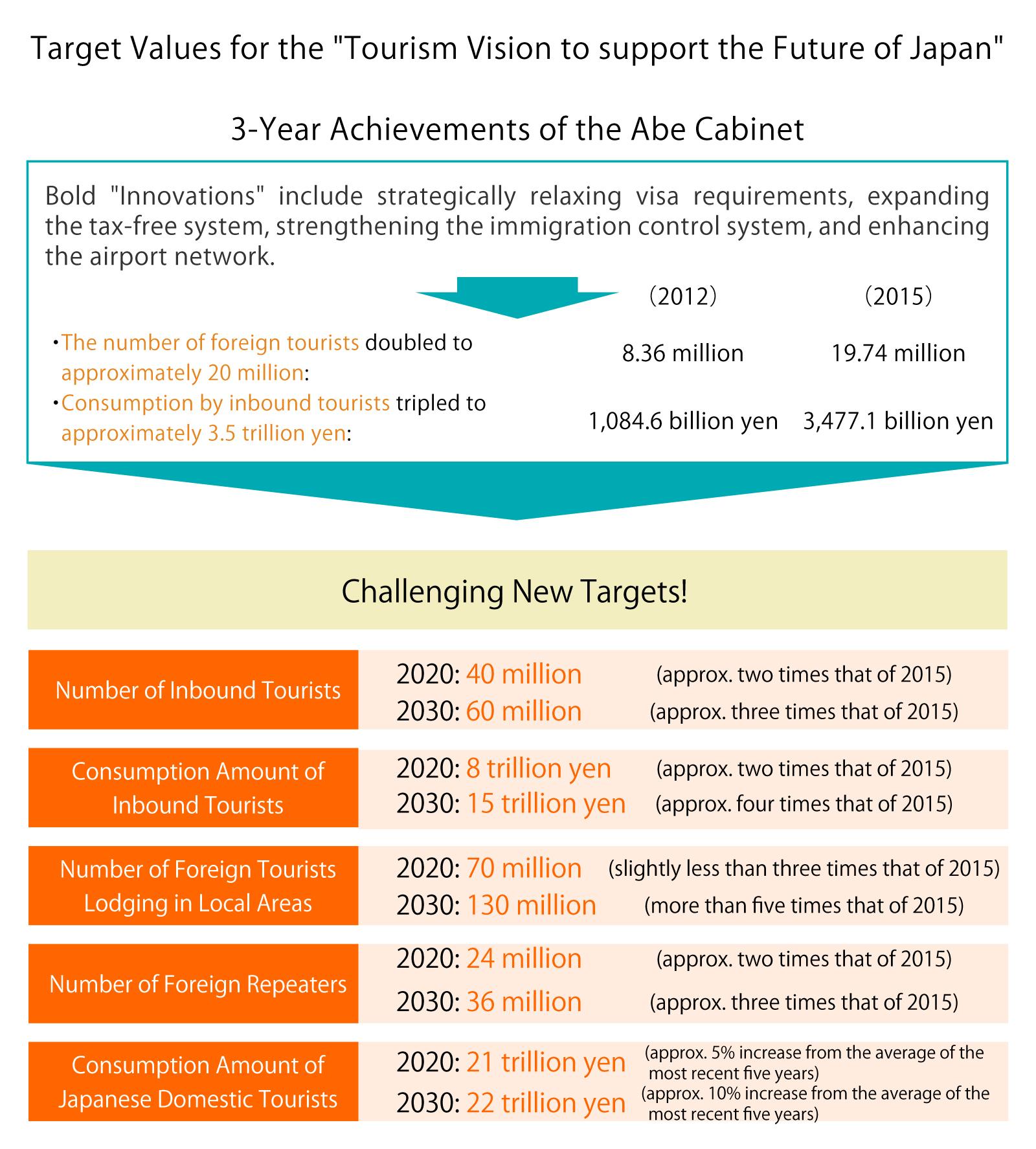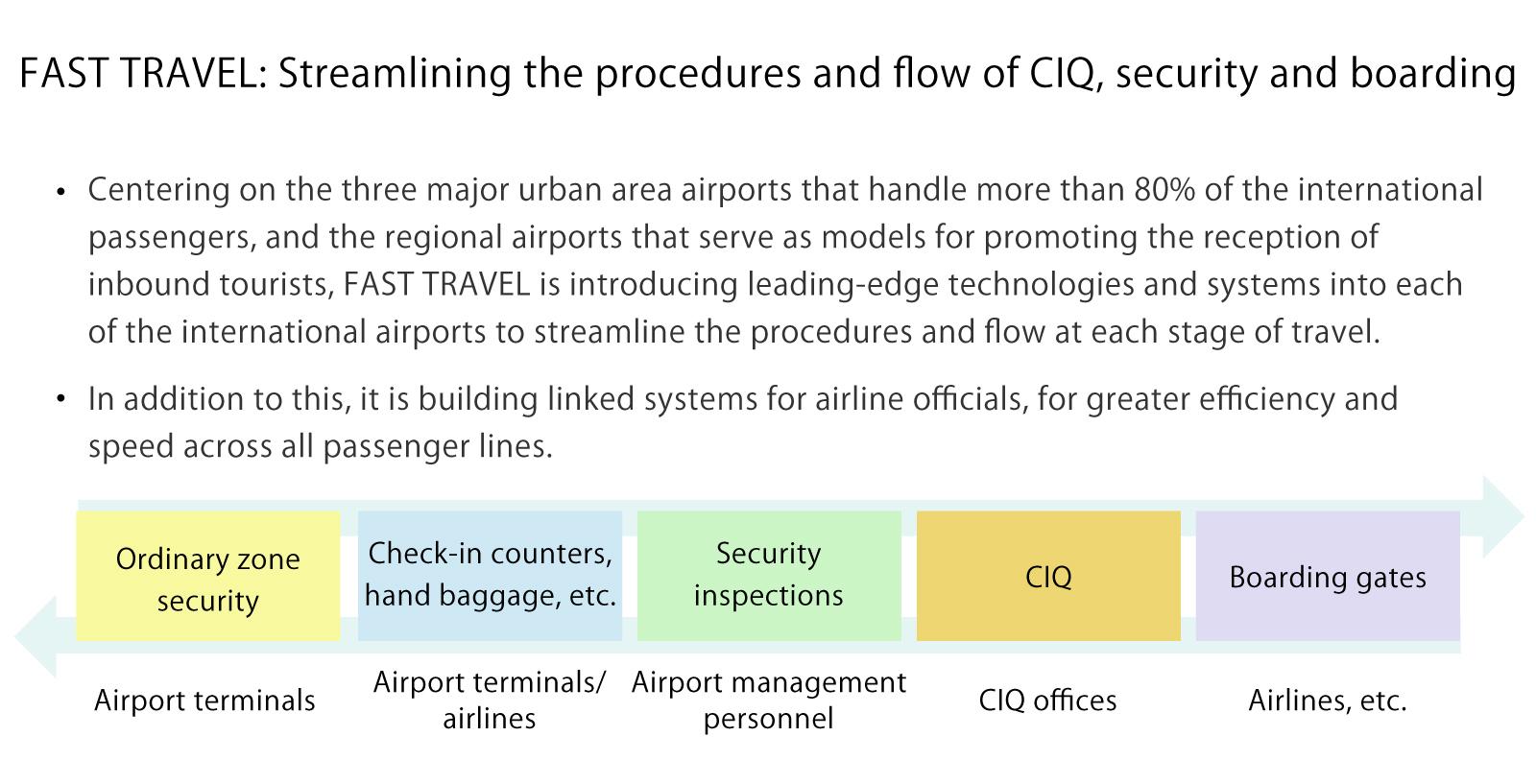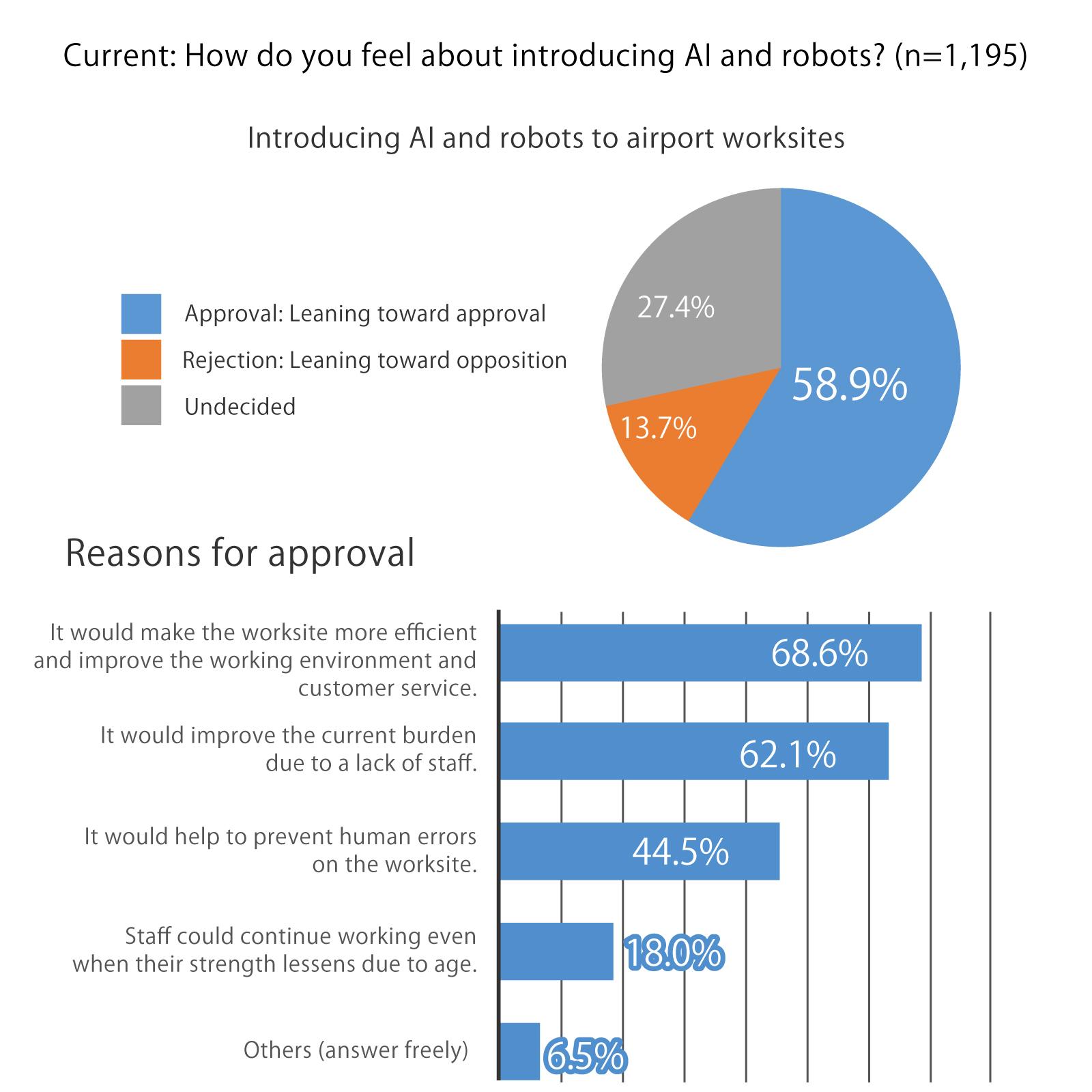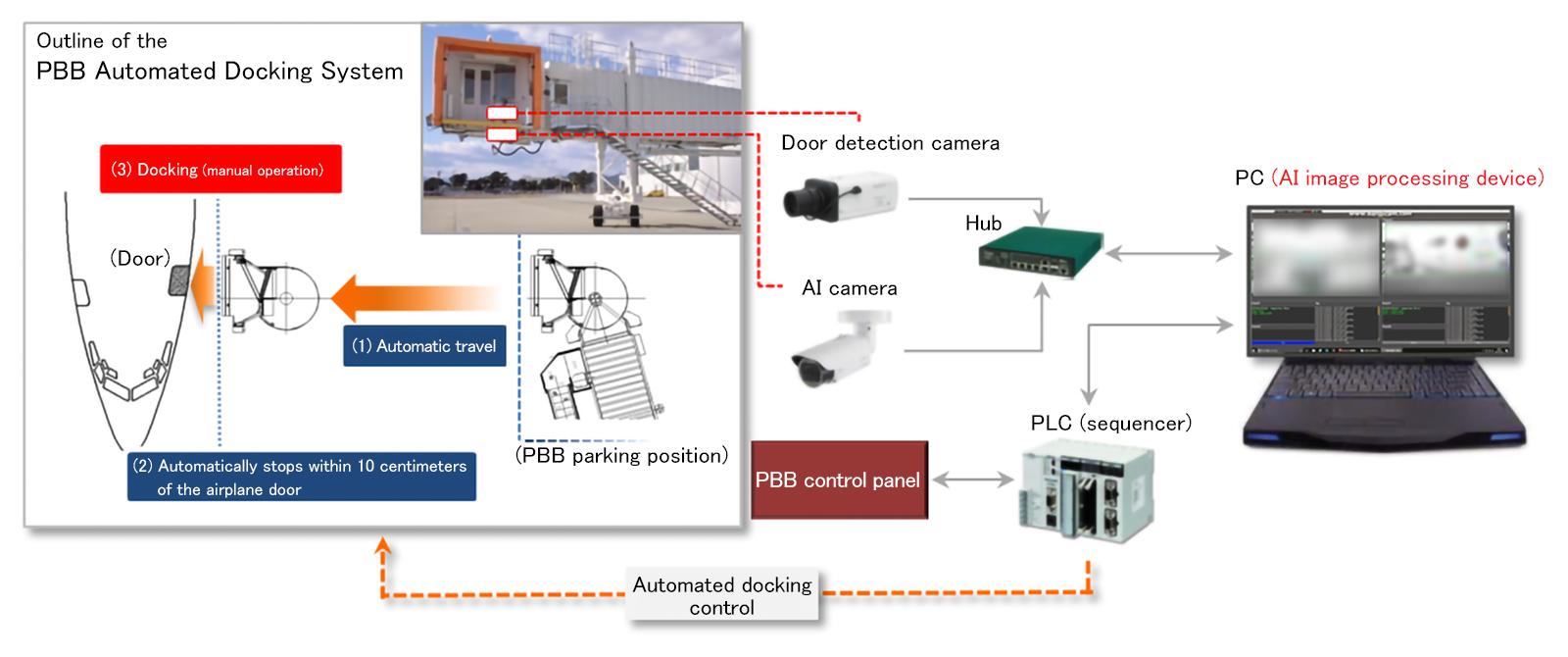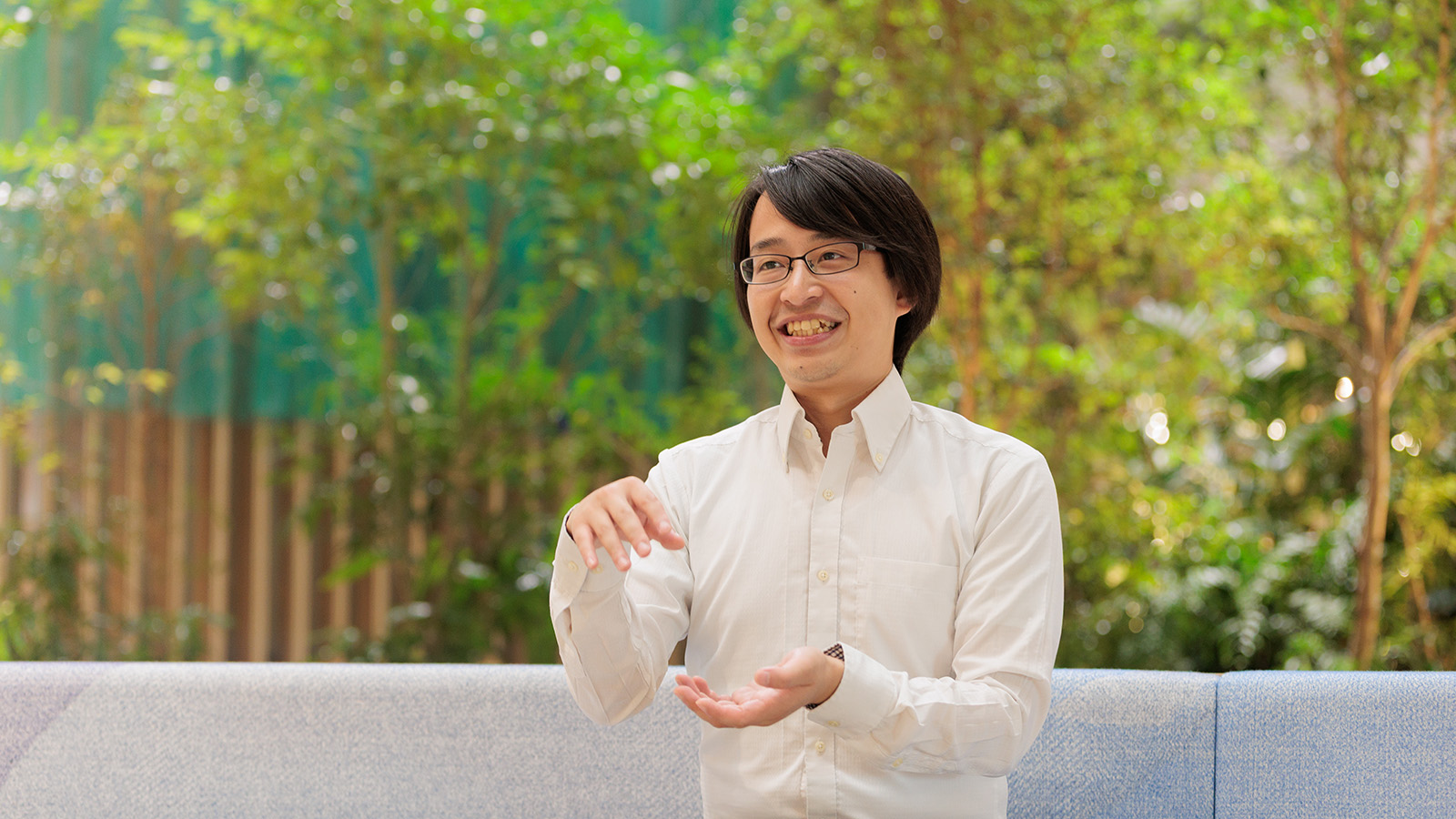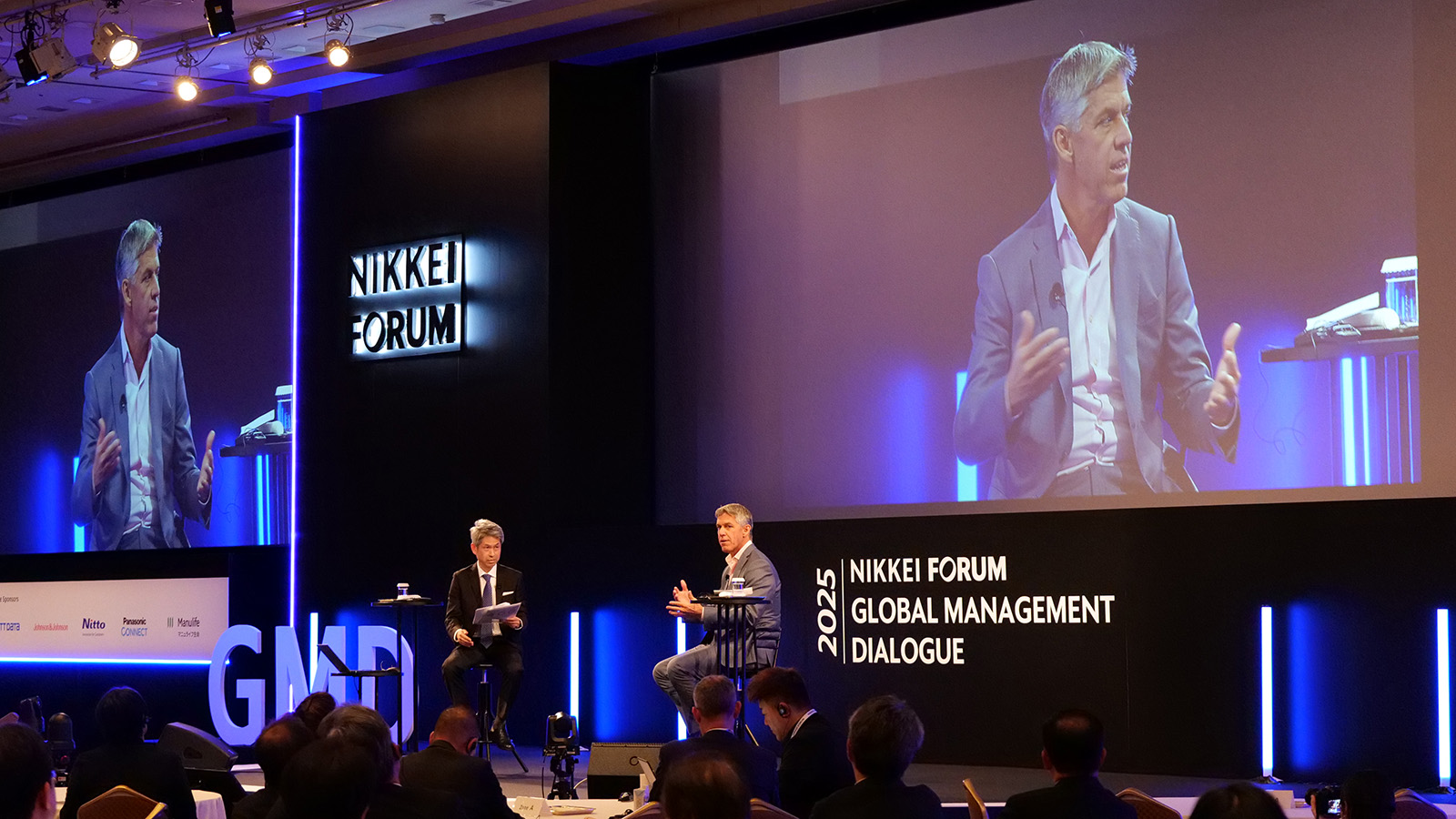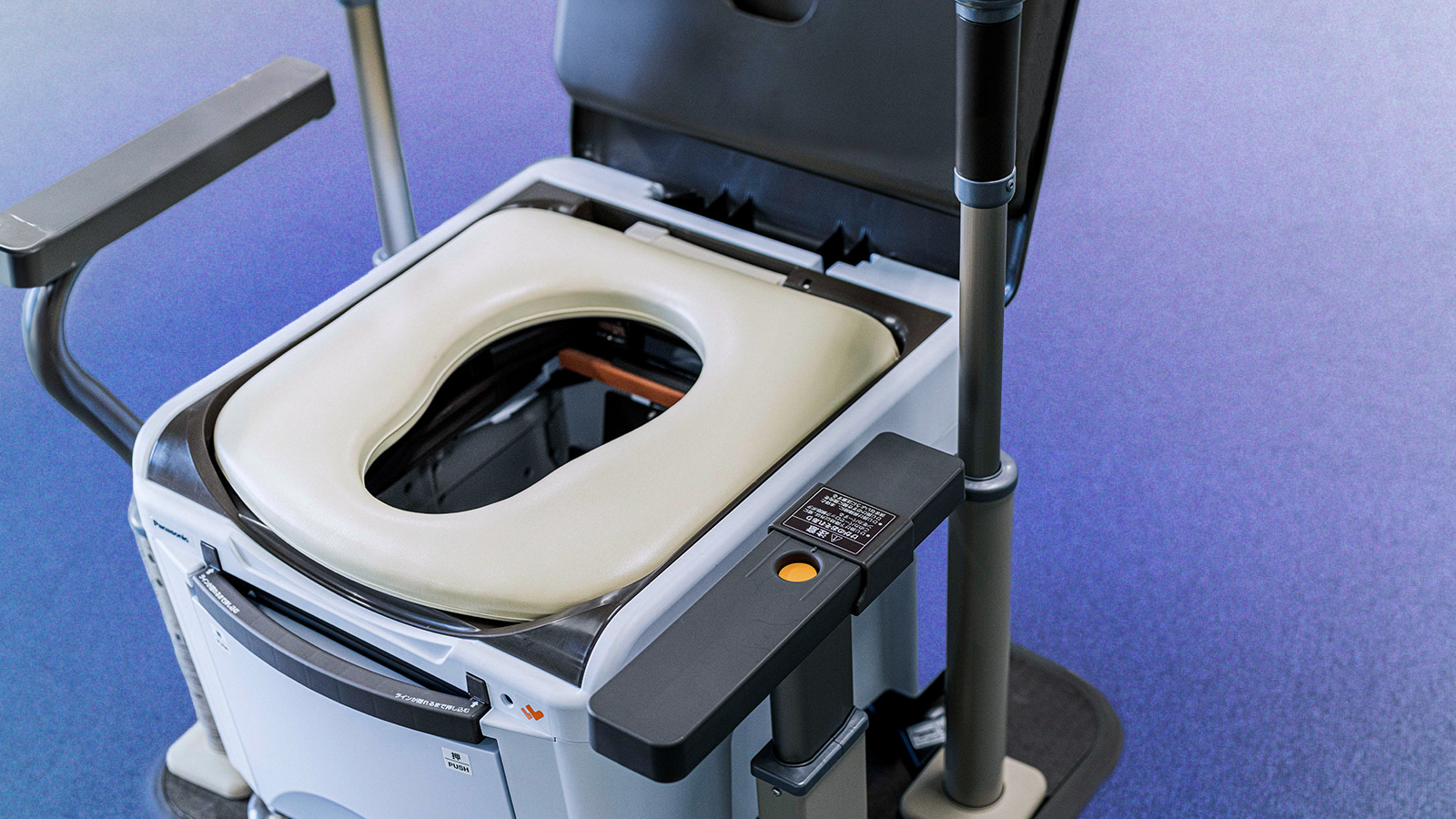
With only two years remaining until the start of the Olympic and Paralympic Games Tokyo 2020, full-fledged preparations are presently under way. Inbound demand (foreign tourists visiting Japan) is expected to increase over current levels, and airports are facing a lack of staff and high turnover rates for employees in general. One way to help solve these problems is to test and put into practical operation a Passenger Boarding Bridge (PBB) automated docking system equipped with AI for the country's local airports.
A summary of this article:
- As Japan approaches 2020, it is faced with an urgent need to streamline the operation of the airports that serve as its gateways.
- Validation test have begun for a system that automatically drived the PBB to the door of the airplane.
- The PBB automatically positions itself 10 centimeters from the door, allowing the door to be docked without the need for highly trained skills.
- Part 1 verifies the effects of the system through discussions with officers at the Tokushima Awaodori Airport.
Expectations rise for AI and robots from the sites of airport operations
Inbound demand is continually increasing. According to a report by the Japan National Tourist Organization, the number of inbound tourists in June 2018 reached 2,705,000, marking an increase of 15.3% over the same period the previous year. A comparison of the first half of the year also showed an increase of 15.6% over the same period the previous year. Entering the first half of 2018, some 15,899,000 foreign tourists visited Japan.
Considering the fact that Japan has set a goal of "40,000,000 tourists" in 2020, approximately 1.25 times the present number of tourists will be coming to Japan by the next two years. The Japanese spirit of "hospitality" has already become known overseas, and the country prides itself on having one of the world's most punctual flight rates. However, at the airports that serve as the gateways to Japan, there is considerable concern about how they will cope with the sudden increase in inbound tourists. One of the reasons for this concern is the lack of staff to support airport operations. The airports already have their hands full.
Source: Ministry of Land, Infrastructure, Transport and Tourism, Japan Tourism Agency Home Page; "Tourism Vision to support the Future of Japan" (March 30, 2016)
In order to improve this situation, the Ministry of Land, Infrastructure, Transport and Tourism established an "Airport Innovation Promotion Official/Public Liaison Conference." In addition to "FAST TRAVEL," which aims to streamline the procedures and flow of CIQ (customs, immigration control, and quarantine), security and boarding, this liaison promoted labor saving in land-based support operations and automation.
Source: The Ministry of Land, Infrastructure, Transport and Tourism (Reference Materials) "Airport Innovation Promotion Official/Public Liaison Conference"
On-site employees are also striving for higher efficiency. According to a consciousness survey conducted by the largest airline-related labor union, Japan Federation of Aviation Industry Unions, targeting airport ground crews, approximately 60% (n=1,195 respondents) expressed approval of "introducing AI and robots into airport work sites." Reasons included, "the desire to increase on-site efficiency while improving the working environment and customer service," "the burden due to the lack of staff, and the need to improve the current situation," and "the need to prevent human errors."
Source: Japan Federation of Aviation Industry Unions, "consciousness survey regarding work at airport worksites conducted with 1,300 ground crew personnel nationwide - Detailed version - May 2018"
At any rate, airports have come to the point where a breakthrough must occur to continue providing pleasant travel memories while maintaining high levels of customer service. As a result, ShinMaywa Industries, Ltd., Japan's leading manufacturer of Passenger Boarding Bridges (PBB) launched a joint development of a PBB automated docking system utilizing AI together with Panasonic Solution Technologies Co., Ltd (Panasonic). A system was completed that automatically moves the PBB to a point only 10 centimeters from the airplane door.
However, the path to this development was far from flat. Following extended validation tests at the Tokushima Awaodori Airport starting in October 2015, the development team finally entered the operational stage. This achievement was then recognized, leading to the introduction of the system in Narita International Airport and Singapore Changi Airport in 2019.
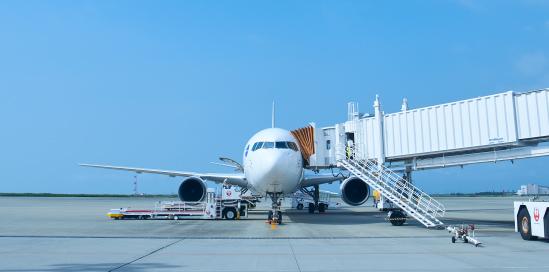
A Passenger Boarding Bridge equipped with an automated docking system (Tokushima Awaodori Airport)
To start with, Part 1 will portray "the positive changes that emerged from automating operations" from the viewpoints of three companies - the airport management company, the airline company, and the ground crew company.
Pride in Japanese technology is remarkable
Tokushima Awaodori Airport, which is the gateway to the skies of Tokushima Prefecture, is located northeast of Tokushima City. Regular flights connect Tokushima with both Tokyo (Haneda) and Fukuoka, and construction of an international terminal was completed in January 2018. The new terminal is presently used for charter flights to and from Taiwan, but regular international flights are envisioned for the future.

Tokushima Awaodori Airport
In spite of its compact scale, the airport is regularly used by major domestic airline companies and aims to serve inbound tourists as well. This background was also one of the reasons for its selection for validation tests. Tokushima Awaodori Airport also has a long relationship with ShinMaywa Industries. Since the airport has been using a ShinMaywa Industries PBB that automatically moves to a point 1 meter from the airplane door, they welcomed the initial proposal. At Tokushima Air Terminal Building Co., Ltd., which operates the airport facilities, Executive Director Yasuhiro Tsuyuguchi recalls that meeting as follows.
"When ShinMaywa first explained that they want to collect data at our airport, we already had a relationship of solid trust, so we gladly answered in the affirmative. However, since this was a first-ever trial and there was a risk that the airplane could be damaged, we decided to form an agreement among four companies: the Airport Terminal Company, the Airline Company, the Ground Crew Company, and ShinMaywa. It was also necessary to file a report with the appropriate authorities. Since our company would also be the owner of the PBB, we needed to discuss various adjustments with the personnel in charge. Fortunately, the discussions with the airlines, government agencies, etc., went smoothly. I think this was due to a relationship of mutual trust and the fact that everyone shared a forward-looking view of the automation validation tests."
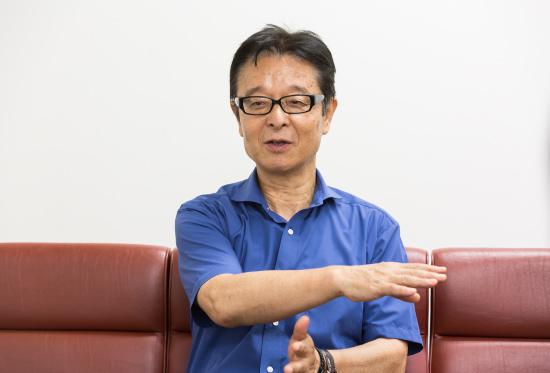
Yasuhiro Tsuyuguchi, Executive Director, Tokushima Air Terminal Building Co., Ltd.
The tests took place in the evening, after flights. On average, they took several hours each, although some extended until 2:00-3:00 at night. "Even so, the team never looked as tired as they were. Still, there was no compromising on the technology. Watching this, it occurred to me that the "impressions" about Japanese technology were still very high." (Mr. Tsuyuguchi)
Behind the technology that enabled the PBB to come within 10 centimeters of the airplane door was the use of AI processing with Panasonic's deep learning. Mr. Tsuyuguchi, who is a big fan of science fiction, said "It's common sense that AI is going to come into people's lifestyles." The company clearly looks forward to AI serving as a breakthrough in solving a variety of airport management problems.
"Differences in PBB operation naturally occur between veteran operators and technicians with little experience. The ability to maintain on-time performance without delays and prevent human errors with a highly reliable function is an extremely large advantage. In addition to this, the airport ground crews truly have a difficult job. Their work is becoming increasingly complicated, and they require considerable studying to gain certification. The staff also becomes aged, making it difficult to employ people from the continually decreasing labor pool. This is why we look forward to the development of systems that incorporate AI to provide greater assistance to the presently working staff. It's an ideal system that allows elderly staff, women, and others to work longer and remain strong." (Mr. Tsuyuguchi)
The main advantage is that whoever operates it brings the PBB to the same point within the same time
The airplanes used for the test were from Japan Airlines and All Nippon Airways, and the PBB was operated with the cooperation of Air Travel Tokushima. Yoshito Ikeda, Air Travel Tokushima Director in charge of the airport, said the following concerning the airport work operation.
"In recent years it has become suddenly difficult to secure staff. Previously, we would immediately receive applications when we recruited new staff. We are attracting employees through various means, but it requires extreme effort."

Yoshito Ikeda, Director, Air Travel Tokushima, Inc.
This may explain why Mr. Ikeda says, "Automation is a natural flow. Increases in efficiency can be expected to accelerate in the future." Naoya Kaminaga, Station Manager of the Japan Airlines Tokushima Airport Office, expresses a similar opinion, saying "We need to aim for smart airports while utilizing new technologies like IT, AI, and face recognition."
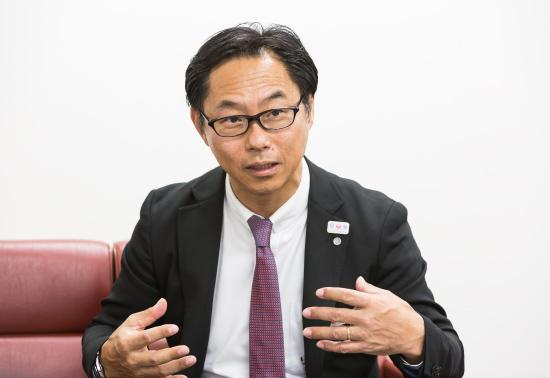
Naoya Kaminaga, Station Manager, Tokushima Airport Office, Japan Airlines Co., Ltd
PBBs previously positioned themselves within 1 meter of the airplane to automatically approach predetermined locations, but since airplanes do not always stop at the same location, it was necessary to fine-adjust them using a joy stick. Differences occurred between veteran operators and young staff in those fine adjustments, and there were time differences in the PBB docking due to the effects of the weather.
However, a young staff member who actually operated a PBB with an automated docking system described it extremely favorably, saying, "It wasn't stressful and I didn't worry about making an error. I felt secure." "It was a thrill to see that large PBB being guided to within such a short distance designated by the camera and AI. Regardless of the weather and the operator, the PBB can be positioned in the same time, to the same point, enabling flights exactly as scheduled by the tact time. That's the main advantage." (Mr. Ikeda)
Actually, the practical operation trial of this "nearly complete automation" of PBB docking is said to have been the world's first. "Carrying out this world's first operation in the regional Tokushima Awaodori Airport rather than one of the country's main airports was extremely meaningful. This also became a considerable motivation." (Mr. Ikeda) This steady trial was covered the newspapers and other media, and prompted observational visits from Narita International Airport, Singapore Changi Airport, and the Ministry of Ministry of Land, Infrastructure, Transport and Tourism. As a result, introduction of the system is planned at Narita International Airport and Singapore Changi Airport, as previously mentioned.
"The system will apparently be installed in the 64th spot of the No. 2 Terminal of Narita International Airport. Judging from the fact that this is a major spot on a main route for Japan Airlines, it is requested that ShinMaywa and Panasonic technologies will be utilized and lead to model patterns in the same manner as in the Tokushima Awaodori Airport." Naturally, not everything will be automated. While maintaining safety, the things that only people can do will be carefully separated from the things that will best be done by AI and machines. This will leave employees available to handle other work, which will expand the content of the work. "The example described here enables PBB operation by staff without the need for veteran skills. Since this makes human resources available for other tasks, it opens the door to providing more complete services and new developments." (Mr. Kaminaga)
Part 2 will thoroughly resolve the kinds of trials conducted by ShinMaywa and Panasonic to make these thoughts take shape.
*This PBB can only be provided in certain countries and regions due to the required construction.
- Reproduced from the website "Mirai-kotohajime", by courtesy of Nikkei Business Publications, Inc.
# # #
- Disclaimer:
- We would like to note that Panasonic Newsroom is not a place to address personal Customer Service issues. Even though this is not the forum, Panasonic is always eager to resolve your concerns. Our local customer services contacts can be found at Global Support or you can see our list of Social Media Accounts to find the right channel for your queries and concerns.
Related Links
Related News
- What Is the AI Supporting the First Step? The Reasons for the Birth of the Passenger Boarding Bridge Automated Docking System (Part 2 of 2) (Mar 15, 2019)
- Luggage-free Travel in Japan - Panasonic's Hospitality Solutions (Jul 17, 2018)
- What's the "Facial Recognition Gate" That's Revolutionizing Today's Airports? (Mar 21, 2018)

